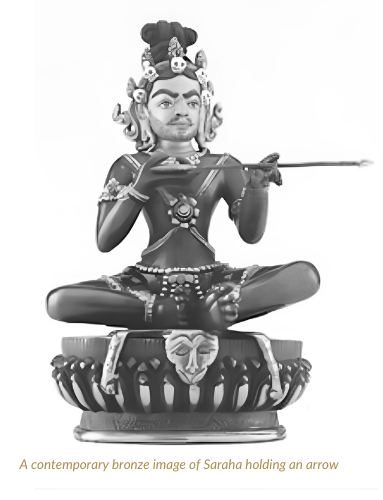TANTRA
Deeply rooted in the Vedic traditions of India, the early depiction of Tantra appeared in an ancient treatise – the Vigyan Bhairav Tantra around 5000 years ago, however, Tantra rose to prominence in the 7th century as a path of self-realisation that influenced both Hindu and Buddhist traditions. Its name refers to the horizontal and vertical weaving and forming of a fabric to make a piece of cloth. Metaphorically, these vertical and horizontal strands also symbolise dualistic energies that ‘weave’ together to form the ‘fabric’ of the Universe; In Tantra, these dualistic energies are represented by the deities Shiva and Shakti, personifying the masculine and feminine energies, and the dance between them that ultimately comes into union. Dark and light, body, and spirit, transcending duality and entering into a state of ‘oneness’.
What is Tantra?
Tantra is a method or technique of meditation which allows you to make a connection to the Divine in your everyday life. It’s not about having this connection only when one sits on a cushion in a temple or goes into seclusion in a cave some-where; it’s about having a Divine connection all the time, wherever you are, be it washing the dishes, mowing the lawn, during lovemaking or just simply when dancing.
Another meaning of Tantra is to transform poison into nectar. Those things that we usually associate with pain and suffering can be your ally once you go through them with awareness. For example, certain emotions which we normally associate with negativity like anger, sadness, and fear through meditative practice and awareness can be transformed into spontaneity, inspiration, and trust.
Exploring these paradoxes and archetypes through ancient practices and disciplines with a guide that has true knowledge and wisdom of Tantric ways, can bring about a profound and deeply transformative experience in our lives.
When we experience the melting of our soul into the other, we for the first time taste the timeless and formless quality of our true being. This type of experience can bring a sense of connectedness and sacrament that we have likely never felt before.

The path of Tantra is the path of life force and therefore deeply connected to sexual energy and the use of it in raising consciousness. Through the movement of the body and the use of breath, we can develop and align our energies, sexual health, and potency, thus increasing our vitality and our capacity for creativity to bring about an alchemical transformation, both inside and out. We are able to experience love, both for ourselves and for the other, at a level and depth of intimacy that we have not been able to allow due to our conditioning, our fears and our trauma.

“Like a brahmin taking
rice and butter
Offering sacrifice to the flame,
He who visualises material things
as celestial ambrosia
Deludes himself that
a dream is ultimte reality.”
THE ROYAL SONG OF SARAHA
Tantra is about the liberation of our body, heart, mind and spirit and their union into a complete and whole human being. It is suitable for anyone willing to accept the body, the polarities between men and women, emotions, feelings, and sexuality as something beautiful and sacred. It is for those who are willing to encounter these things with presence and awareness so that they can see the Divine in all aspects.
Saraha has trained extensively in Tantric methods and disciplines with many renowned teachers including Swami Lakshmanjoo via the teachings of an enlightened master from India -Taoshobuddah; Ma Ananda Sarita a disciple of Osho – another enlightened master from India, he has also learned and practised Yogic Touch and ‘Tandava’ with Daniel Odier among others. His deep commitment to the path is shown in the passion and presence that he brings to his practice of this very profound life system.
“Tantra is the art of going
through the sex experience meditatively as a
witness. And once you are meditative in sexual
experience, its quality starts changing. The
same energy which is moving into sexual
experience starts moving towards
consciousness.”
—Taoshobuddah
